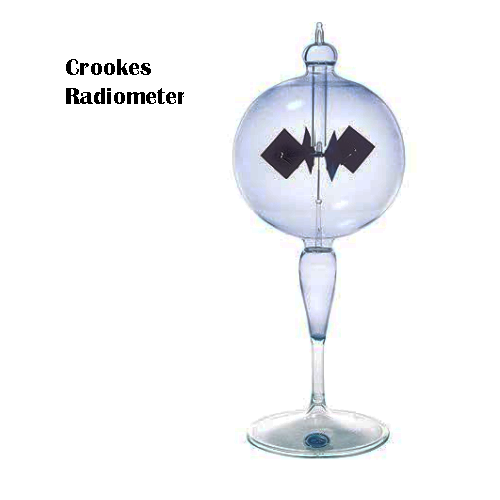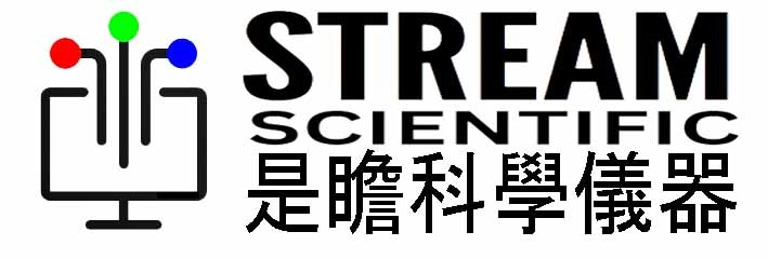
Crookes Radiometer
克魯克斯輻射計
HK$238.00
The Crookes radiometer (also known as a light mill) consists of an airtight glass bulb containing a partial vacuum, with a set of vanes which are mounted on a spindle inside. The vanes rotate when exposed to light, with faster rotation for more intense light, providing a quantitative measurement of electromagnetic radiation intensity.
It was invented in 1873 by the chemist Sir William Crookes as the by-product of some chemical research. In the course of very accurate quantitative chemical work, he was weighing samples in a partially evacuated chamber to reduce the effect of air currents, and noticed the weighings were disturbed when sunlight shone on the balance. Investigating this effect, he created the device named after him.
克魯克斯輻射計(也稱為光磨機)由一個包含部分真空的氣密玻璃燈泡和一組安裝在內部主軸上的葉片組成。 葉片在暴露在光線下時會旋轉,旋轉速度越快,光線越強,從而定量測量電磁輻射強度。
它是由化學家威廉·克魯克斯爵士於 1873 年發明的,是一些化學研究的副產品。 在非常精確的定量化學工作過程中,他在部分抽空的室中稱量樣品,以減少氣流的影響,並注意到當陽光照射在天平上時,稱量會受到干擾。 為了研究這種效應,他創造了以他的名字命名的設備。

